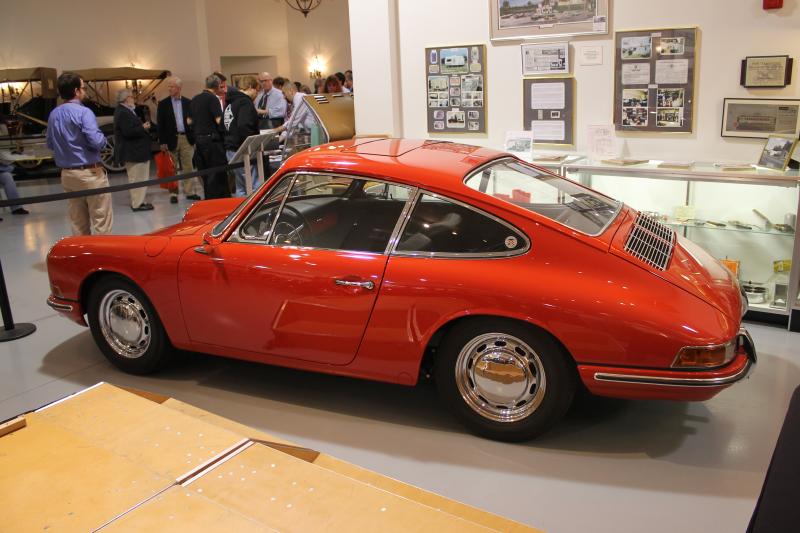
This is genesis. We're not referring to the Sega video gaming console. We're not even referring to the iconic late sixties prog-rock band fronted by Peter Gabriel. What we are referring to, is one of the first in a long line of 911 production. This 1963 pre-production prototype 901 #13 327, lovingly referred to as Barbarossa (red-beard) is the 7th built. During testing for production, this car was used primarily as a test bed for suspension tweaks, as well as some aerodynamic wind tunnel testing in Untertuerkheim near Stuttgart. Before there was ever a production 911, there was Barbarossa.
Finished in beautiful Signal Red, this 901 prototype is believed to be the oldest 911 variant remaining. There were a small handful of cars which came before it, though they are believed to have been destroyed, crash tested, or dismantled to create parts supply for early production cars. This example was also considered to have been the first prototype to accurately display the intent of the finalized production run. For the most part, design had been finalized by the time this car was built.
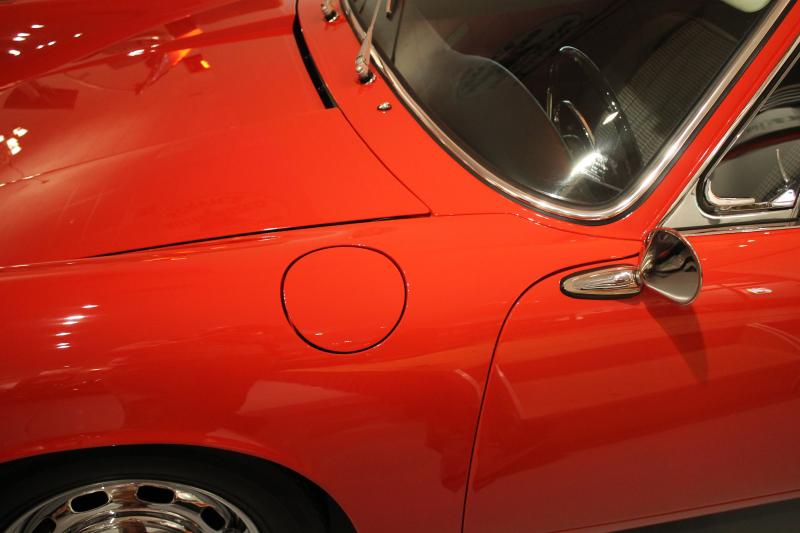
On the Friday before the Hershey swap meet, we had the lucky opportunity to spend a little time with Barbarossa. Nestled in the basement of the Antique Automobile Club of America Museum, conveniently in Hershey, PA, we spent nearly an entire evening simply poring over the details of the car. At first glance, it appears to be just like any number of other short wheelbase long hood 911s, and at the risk of sounding jaded, we see those nearly every day. It was the up close details that really set this car apart from a crowd, and it requires a second look to begin to notice them.
The first thing that may register when you begin to move your vision over the car is the dimensional inaccuracy of the car. This car is more than four inches shorter than the first production run of 1964 cars, and gives up more than half an inch in overall width. As you get closer, you notice other subtle changes. The fuel filler door on the fender is perfectly round, instead of the standard oval shape. The rear decklid holds a smaller 356-type Porsche script badge, rather than the larger version we know well. That same decklid is held open with a unique coil spring system, while the front trunk lid uses a torsion spring set up.
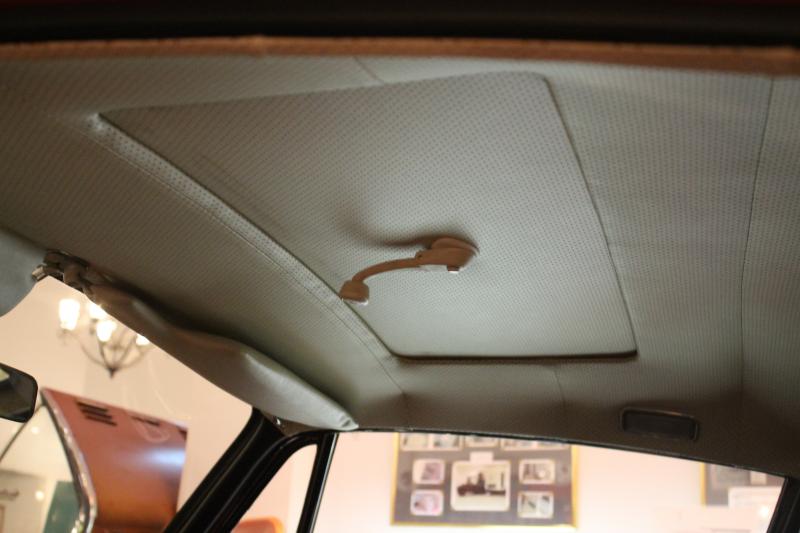
As we open the driver’s door, the chromed door handle is thinner than expected, and the door doesn’t have that signature Porsche “ka-chunk” when opening. Once inside, the car is distinctly different, and while it is recognizable as a 911, it is truly alien. The dashboard is unique, with the lower half having been carved from soft wood and painted to match the exterior. The two gauge cluster replaces the five-piece ensemble that we’re familiar with, and is set behind an ornamental 356 steering wheel. The gorgeous chromed ignition switch assembly hides on the right hand side of the column, rather than the Porsche traditional location on the dash. The most interesting piece of the interior, however, is the headroom-preserving, forward-tilting, manually operated sunroof panel. With a winder in the middle, the sunroof only opens to allow a sliver of sun into the car, but is much simpler than the later version, and uses many off-the-shelf Volkswagen components.
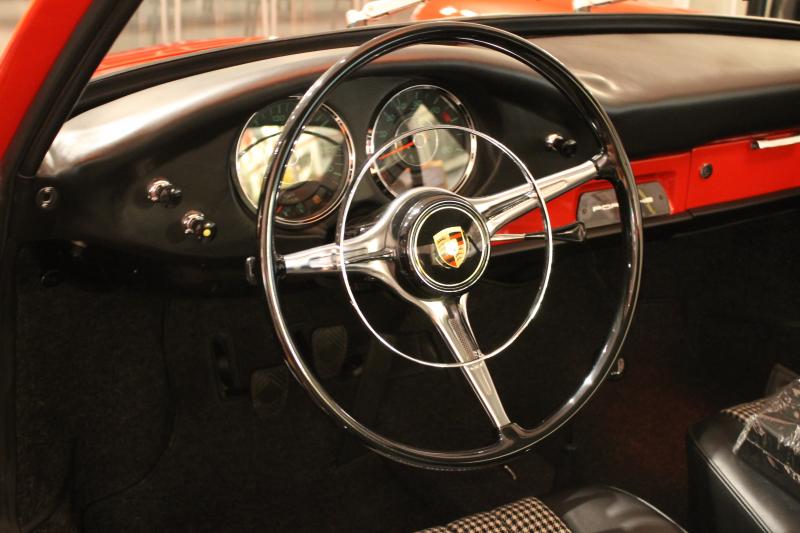
This particular car was used to test production components and systems, from suspension and braking to aerodynamic stability and HVAC viability. Having served nearly 50,000 Kilometers as Porsche’s test mule, the red beauty was still considered in decent condition. As the company was looking for every penny to recoup from the engineering of the new car, Barbarossa was sold to racing driver and journalist Richard Von Frankenberg. Von Frankenberg owned the car until his death in 1973, and the car passed into obscurity somewhere in Italy. Over the following decade, the car progressed somehow to New York City, where it was found for sale at a repair shop with front corner damage and signs of decay. It seems the previous owner had been in a fender bender, and could not pay for the repairs, as it was being offered to settle a mechanic’s lein.
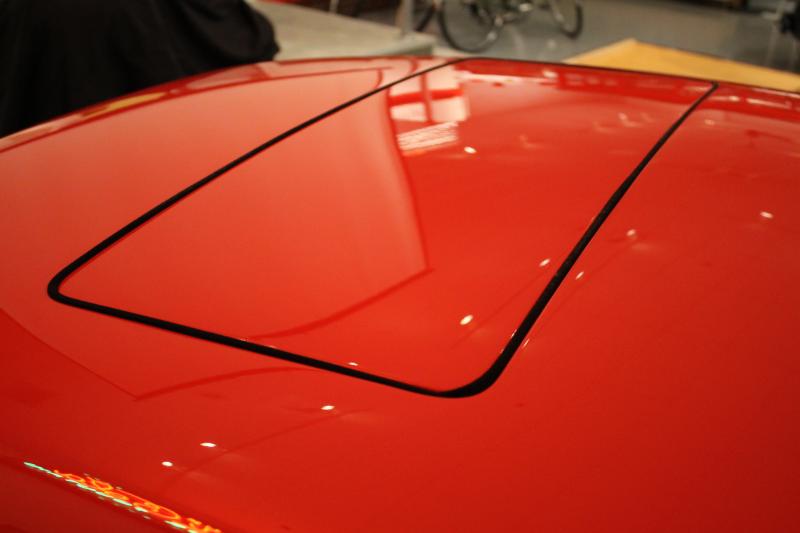
During its restoration in the 1980s, it was found that the pre-production car did not share even a single exterior panel with production cars. Additionally, every single piece of glass in the car is unique, including the plexiglass side vent windows, and fixed rear quarter windows. The car, miraculously, had managed to hang on to nearly all of its unique pieces, helping to verify the car as truly being a rarity.
Though there are many differences to consider, it is the similarities that are striking. This is not just any 911, it’s the first 911. This is the foundation that Porsche built upon with each successive generation. Every single 911 on the road today owes a debt of gratitude to Barbarossa for helping to develop such a storied and significant history. We were truly honored to have seen the car in person.

